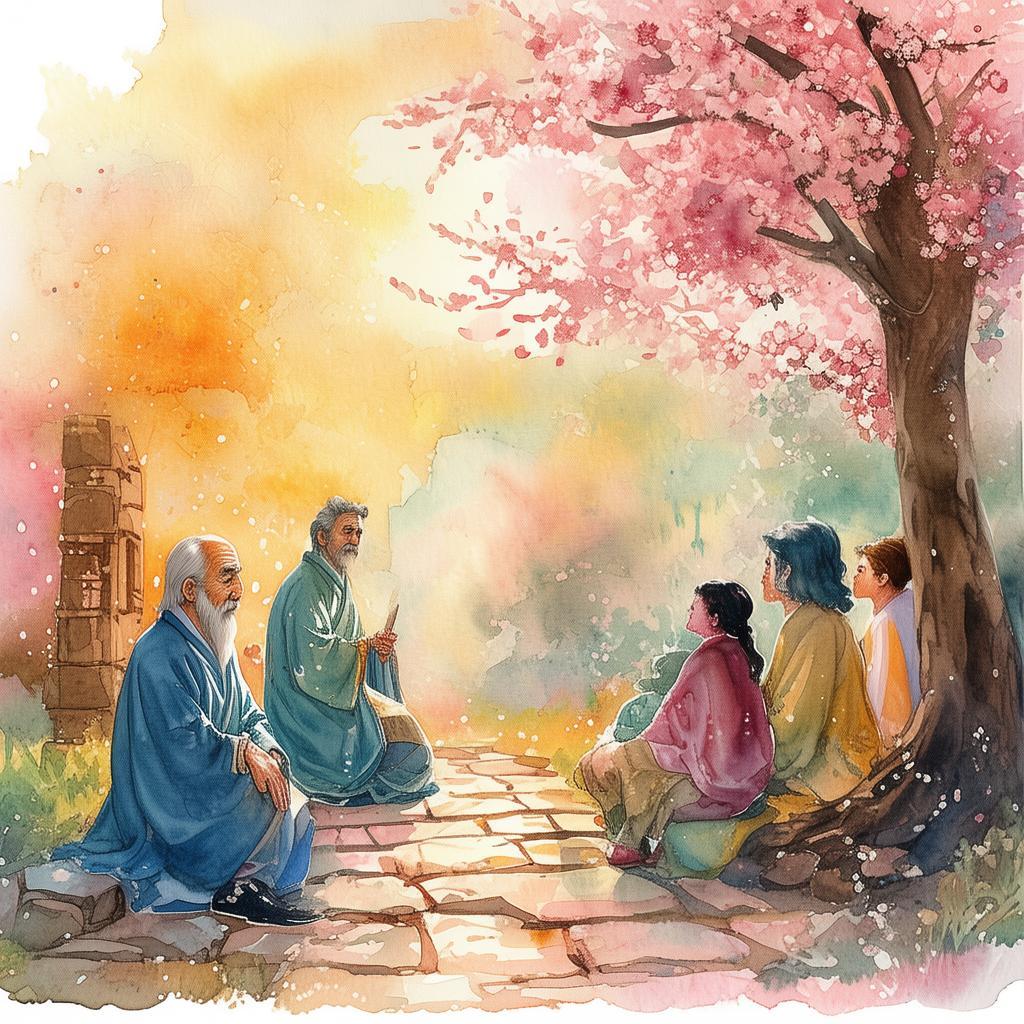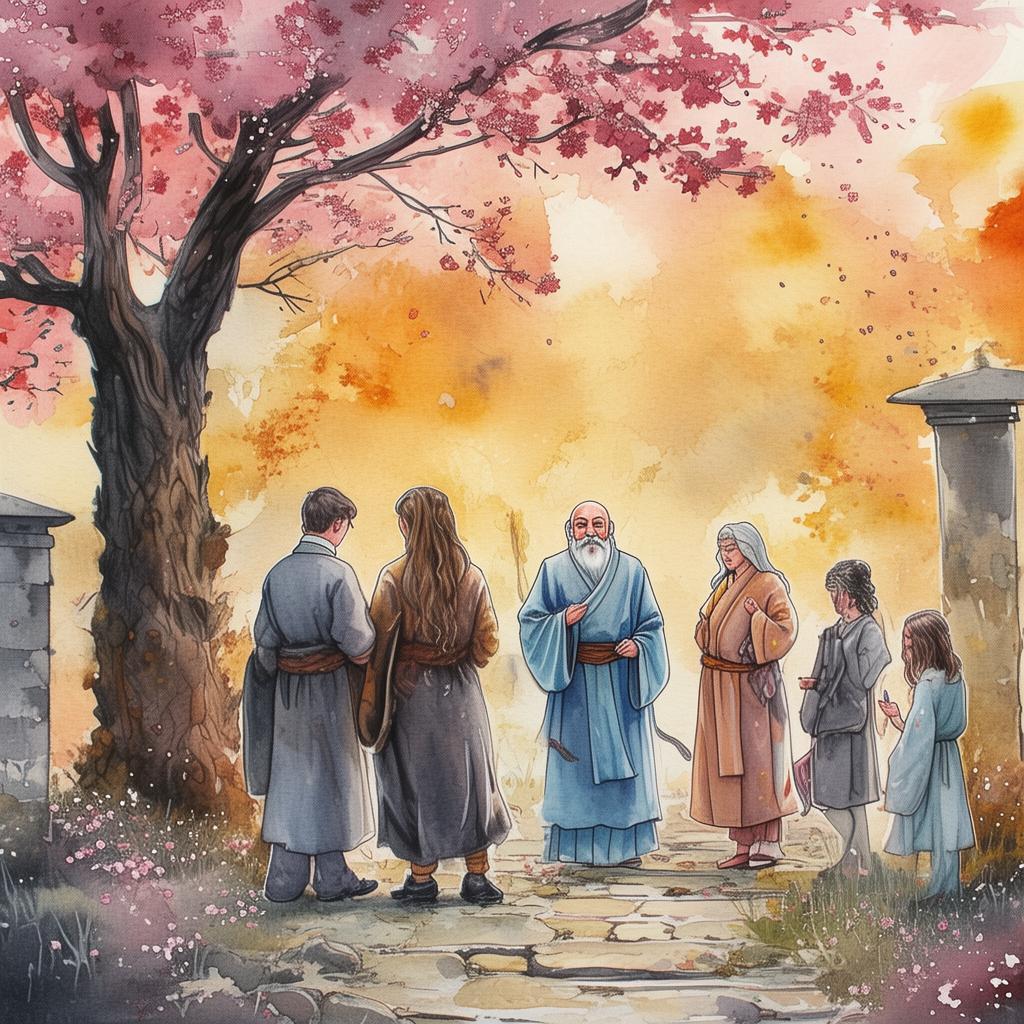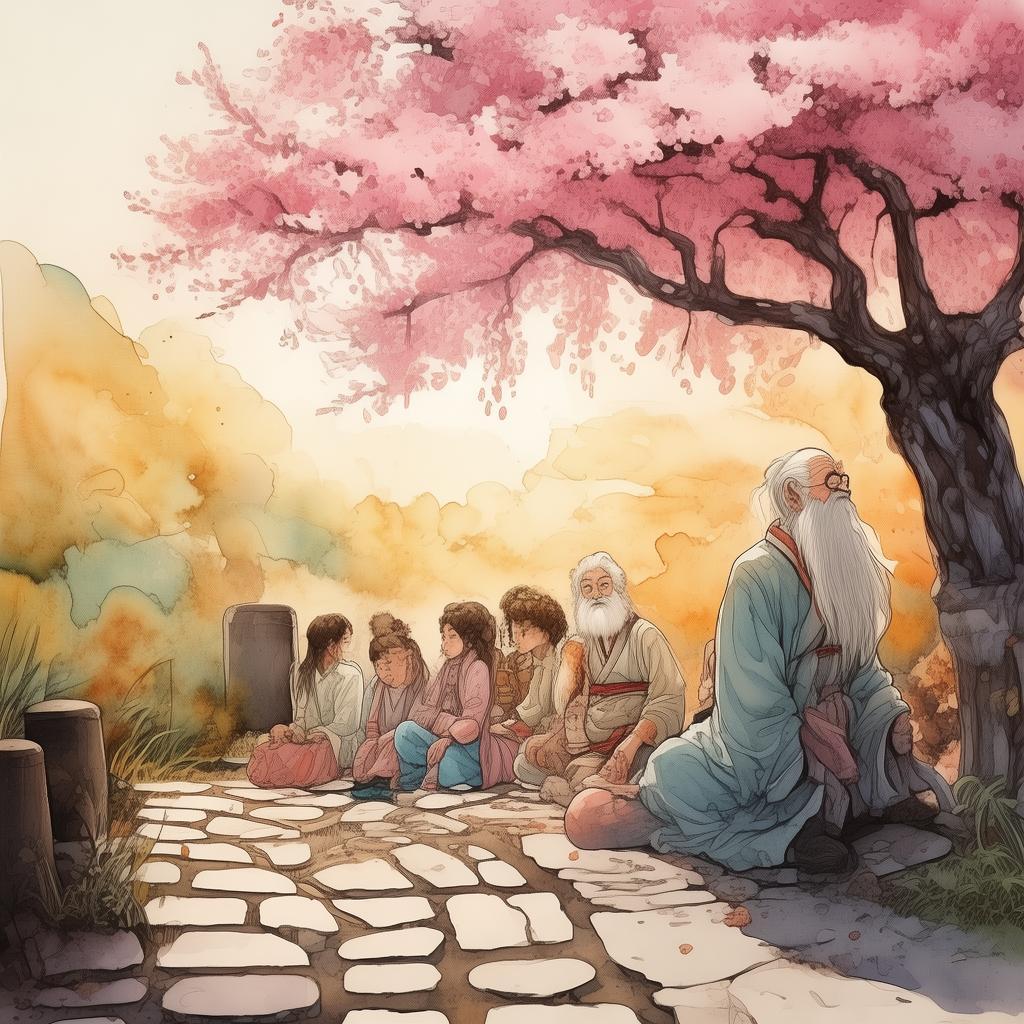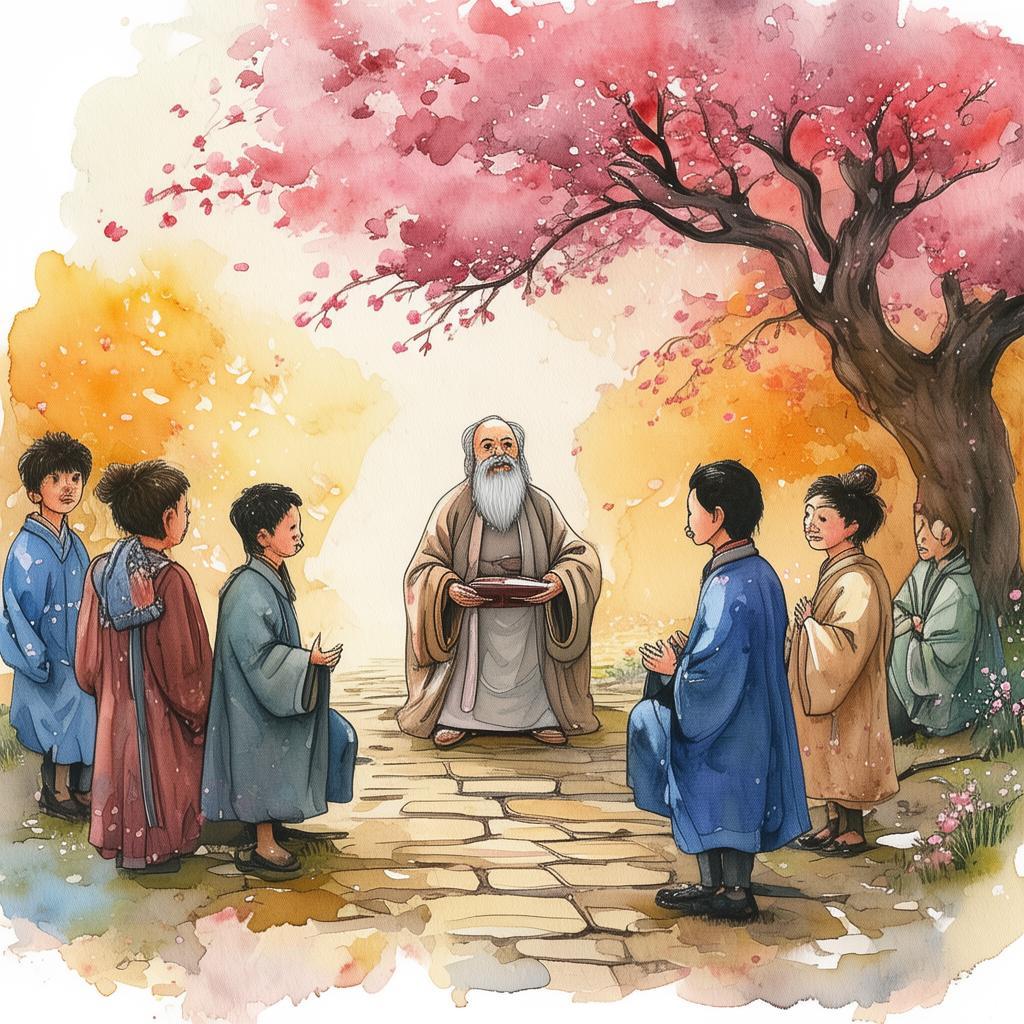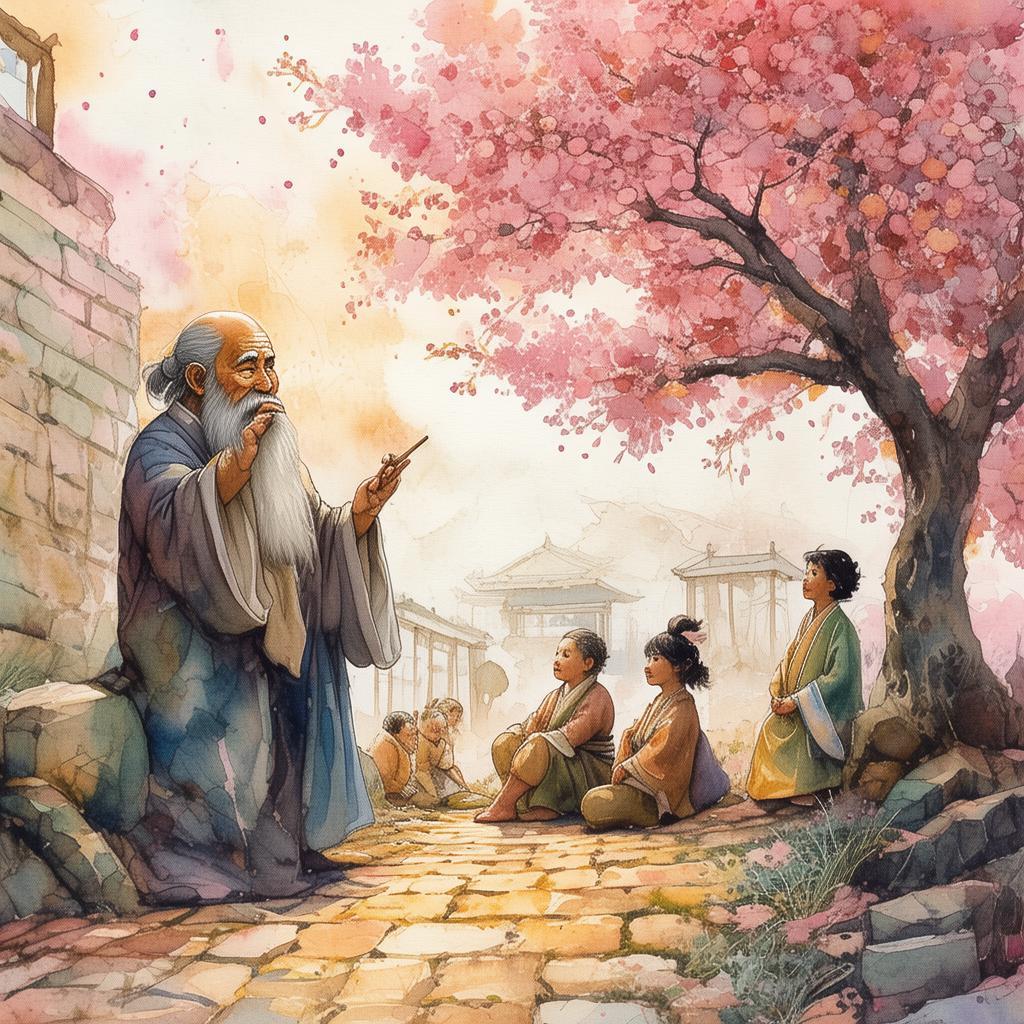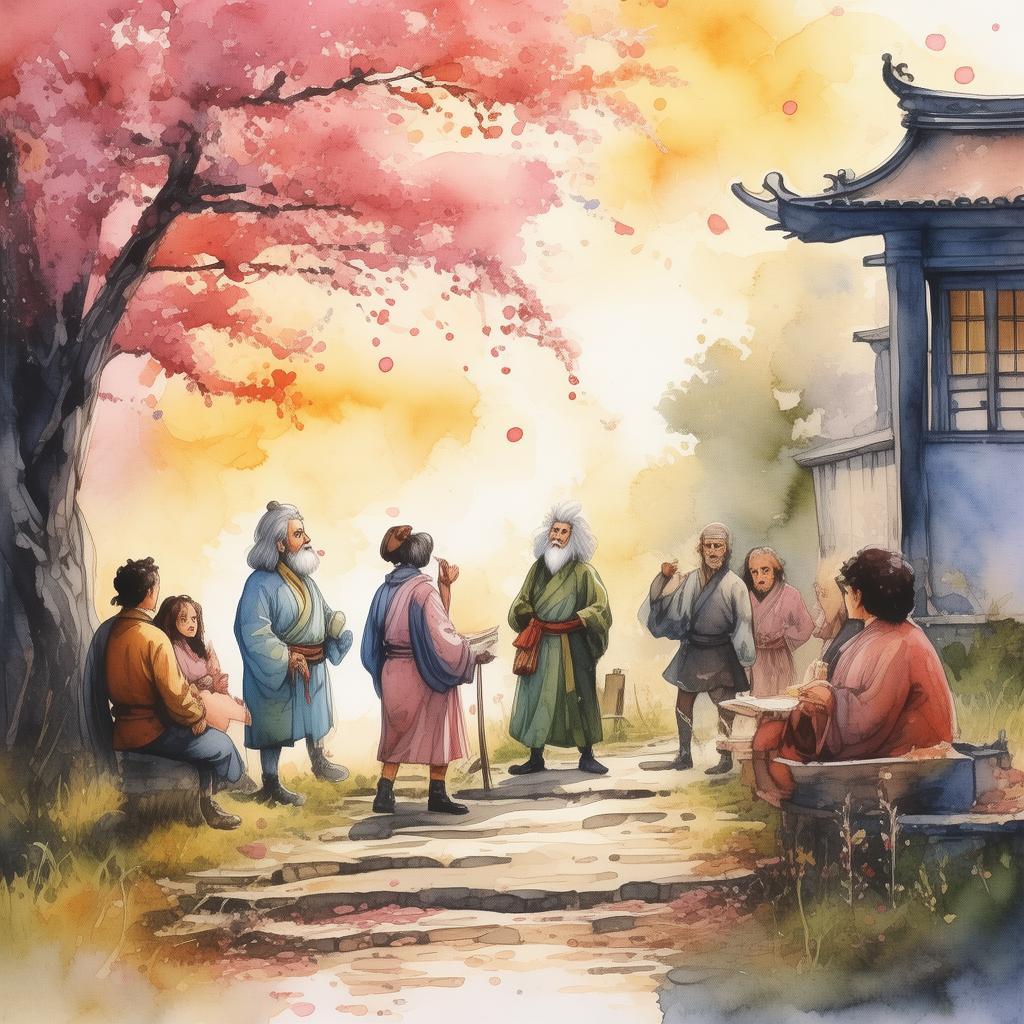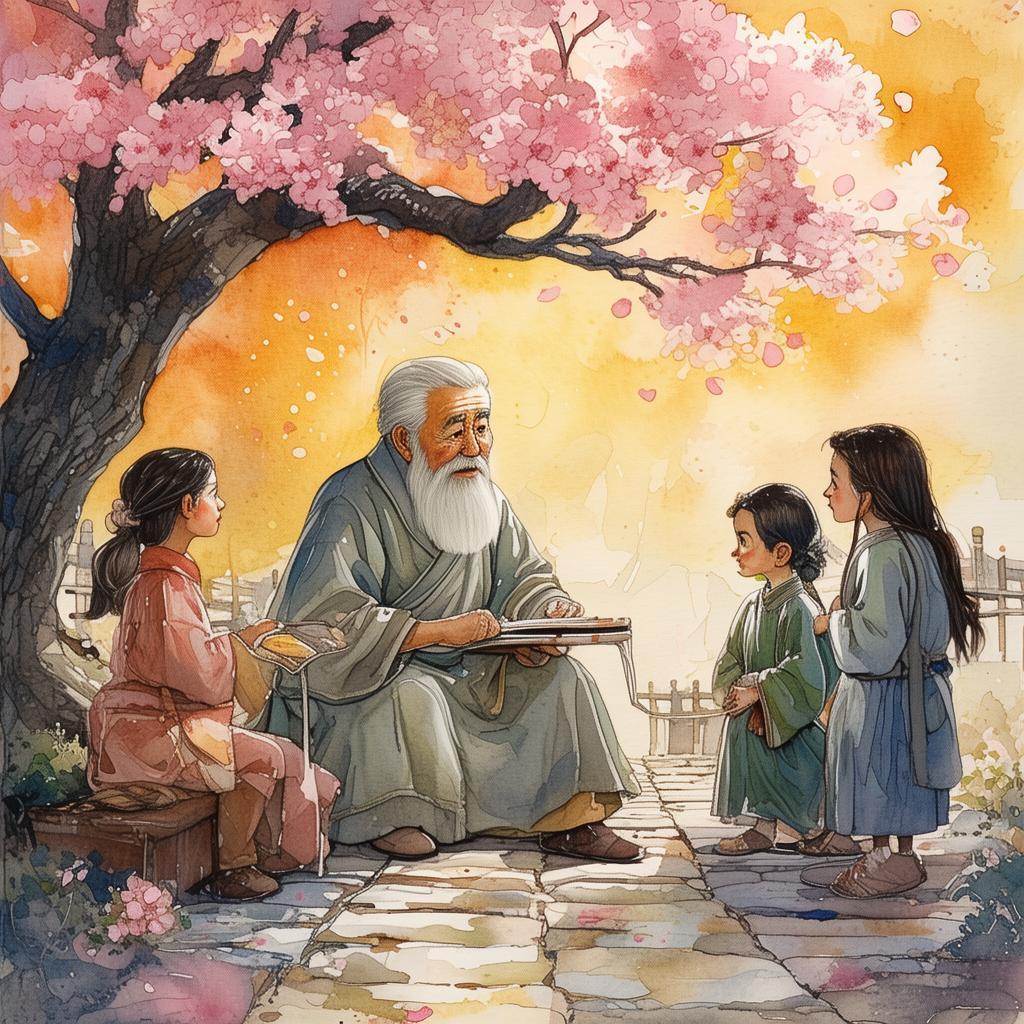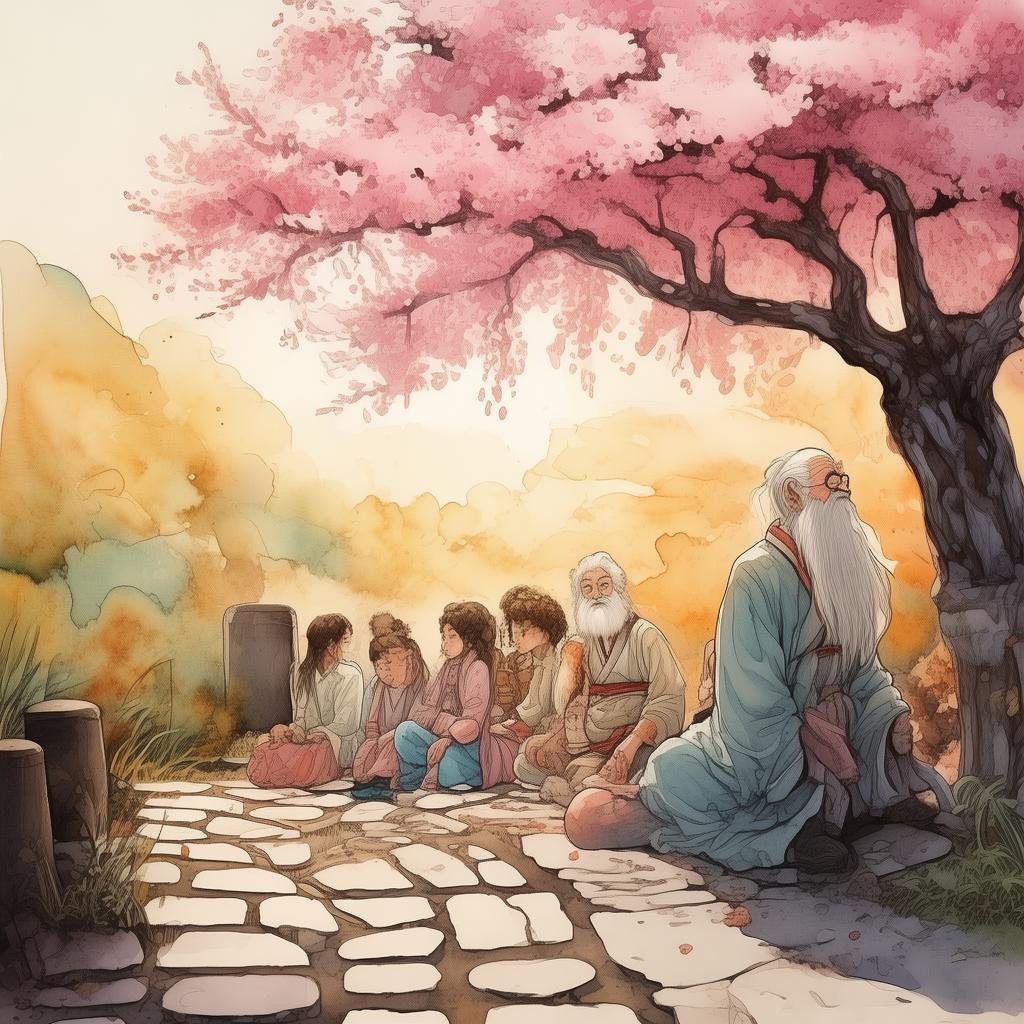The Dreamer's Paradox: A Tale of Vision and Ruin
The sun dipped low behind the city skyline, casting long shadows over the sprawling metropolis. In the heart of this urban jungle, a grandiose structure loomed, a testament to the dreams of one man, the architect, Li Yuan. His creation, The Architect's Folly, was a marvel of modern design, a fusion of art and architecture that promised to redefine the skyline.
Li Yuan had always been a dreamer, a man who saw the world in colors and shapes that others could not. His vision was grand, his ambition unyielding. He had spent years perfecting his design, every curve, every angle, meticulously crafted to evoke a sense of wonder and awe.
Construction began with fanfare, the city buzzing with excitement. Li Yuan's name became synonymous with innovation and creativity. The media hailed him as a genius, a visionary whose work would stand the test of time. The people, too, were captivated by the promise of something new, something that would change the way they saw their city.
As the structure rose, so too did the expectations. The Folly became a beacon of hope, a symbol of what could be. Li Yuan's dream seemed within reach, a reality that would soon be a part of the city's fabric.
But dreams are fragile, and the path to achieving them is often fraught with challenges. As the Folly neared completion, cracks began to appear. The cost had spiraled out of control, and the project was on the brink of financial ruin. Li Yuan's vision, once so clear, now seemed shrouded in doubt.
The architect found himself at a crossroads. He could abandon his dream, allowing the Folly to fall into disrepair, or he could continue to pour his heart and soul into a project that seemed doomed to fail. The choice was a heavy one, but Li Yuan knew that to give up would be to betray his own ideals.
He chose to persevere, to push forward despite the odds. The Folly was not just a building to him; it was a piece of his soul. He borrowed money, mortgaged his future, and pushed the construction to the very edge of feasibility.
The day of the grand opening arrived, and the city turned out in droves. The Folly was a marvel to behold, a structure that seemed to defy the laws of physics. Li Yuan stood on the top level, looking out over the city, his heart swelling with pride.
But as the crowd marveled at his creation, a storm brewed within. The Folly was a masterpiece, but it was also a burden. The debt was insurmountable, and the future looked bleak. Li Yuan realized that his dream had become a nightmare, a testament to the folly of ambition unchecked.
The following months were a whirlwind of activity. The Folly became a symbol of both wonder and folly. Some hailed it as a triumph of human ingenuity, while others saw it as a monument to hubris. The architect's once-sterling reputation was tarnished, and his personal life fell apart.
The final blow came when the financial crisis hit. The Folly was abandoned, left to rot and decay. The once-proud structure became a reminder of the fragility of human dreams and the cost of unbridled ambition.

Li Yuan walked through the ruins one last time, his heart heavy with sorrow. He had built a dream, and now it lay in ruins. The Architect's Folly was a testament to the paradox of vision and ruin, a reminder that the pursuit of greatness often comes with a heavy price.
In the end, Li Yuan learned a hard lesson. His dream had been a beautiful, but flawed, vision. The Folly was a symbol of the delicate balance between ambition and reality, a reminder that even the most brilliant of ideas can fall prey to the whims of fate.
And so, The Architect's Folly stood as a monument to a dreamer's vision and the fallibility of human endeavors. It was a story that would be told for generations, a tale of the power of dreams and the harsh realities of the world.
✨ Original Statement ✨
All articles published on this website (including but not limited to text, images, videos, and other content) are original or authorized for reposting and are protected by relevant laws. Without the explicit written permission of this website, no individual or organization may copy, modify, repost, or use the content for commercial purposes.
If you need to quote or cooperate, please contact this site for authorization. We reserve the right to pursue legal responsibility for any unauthorized use.
Hereby declared.
